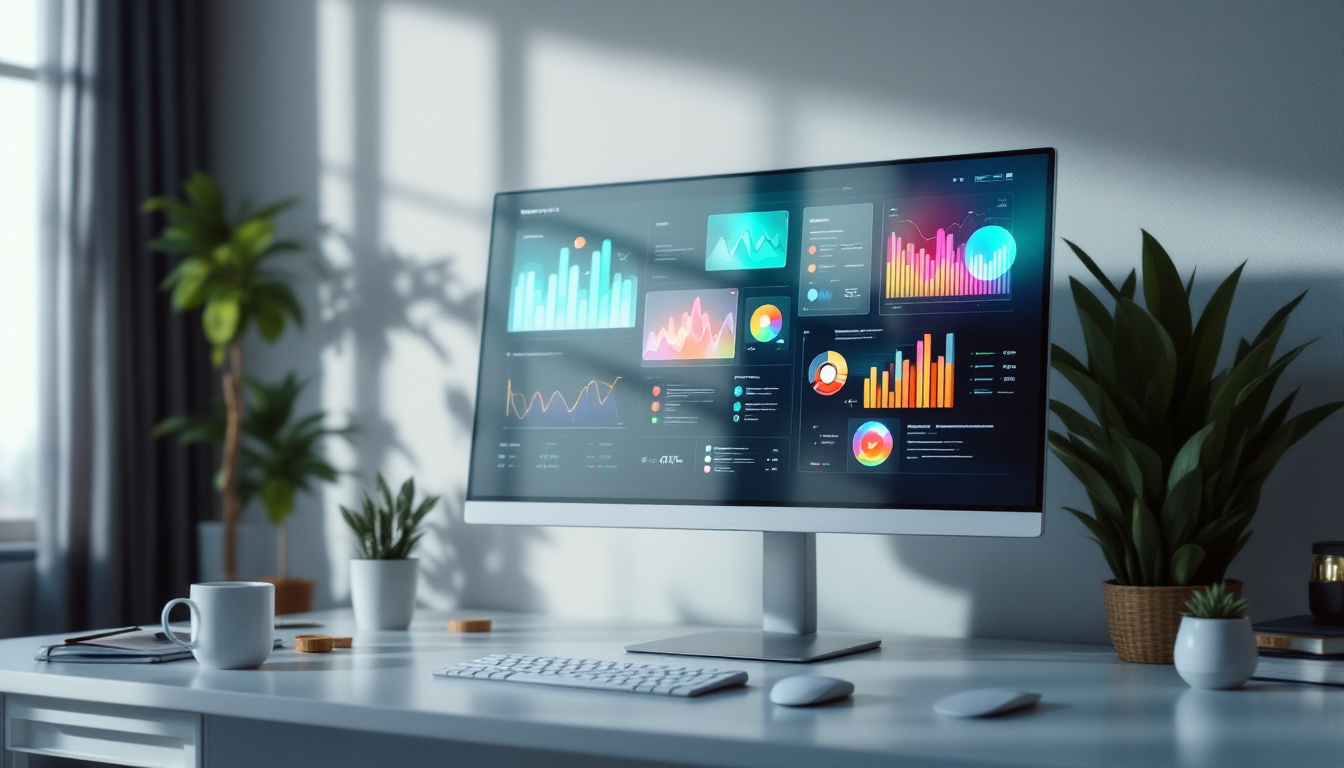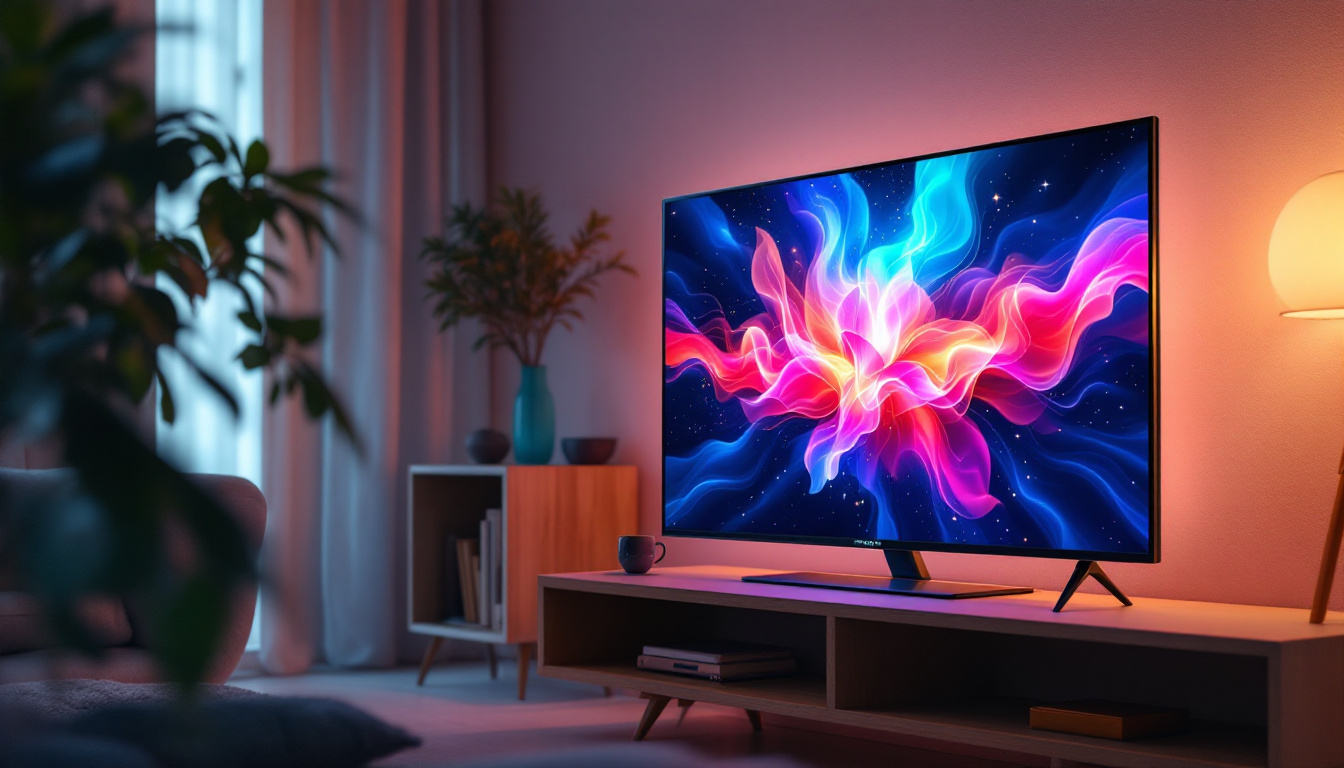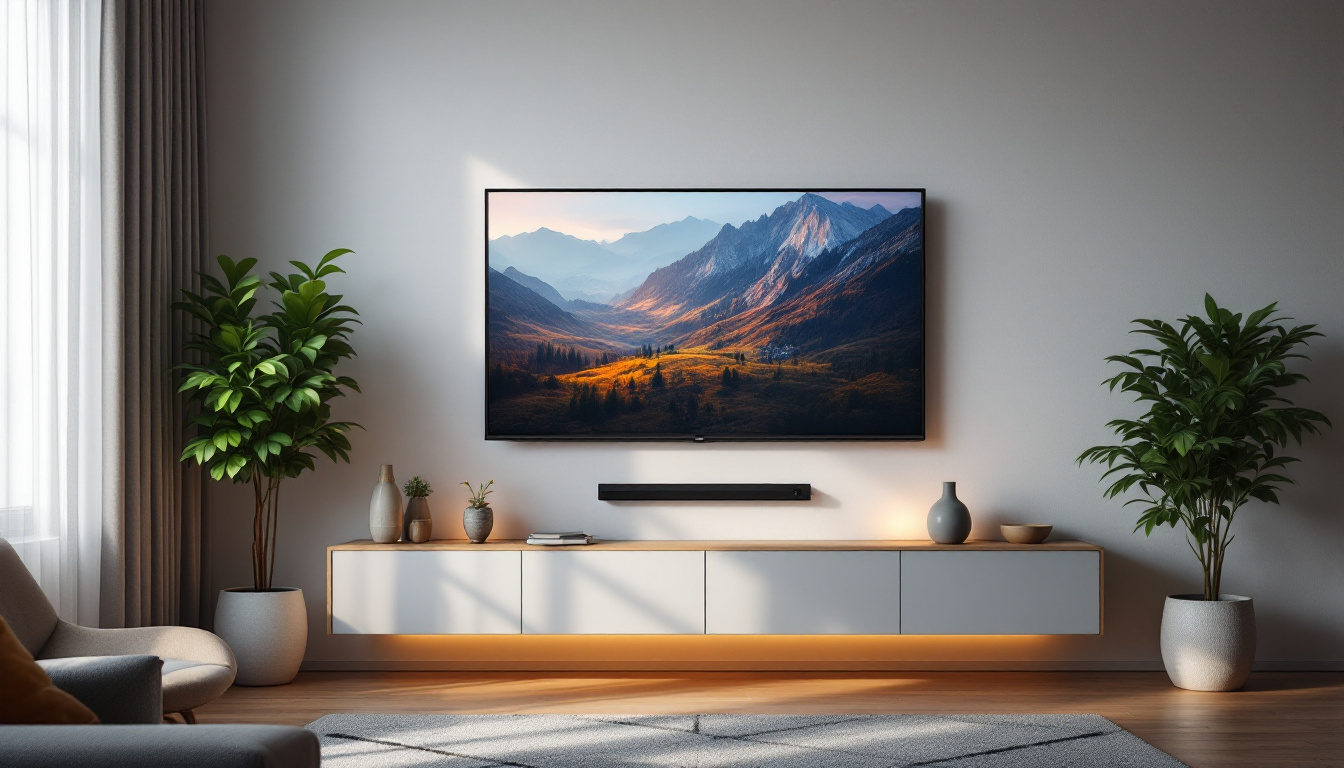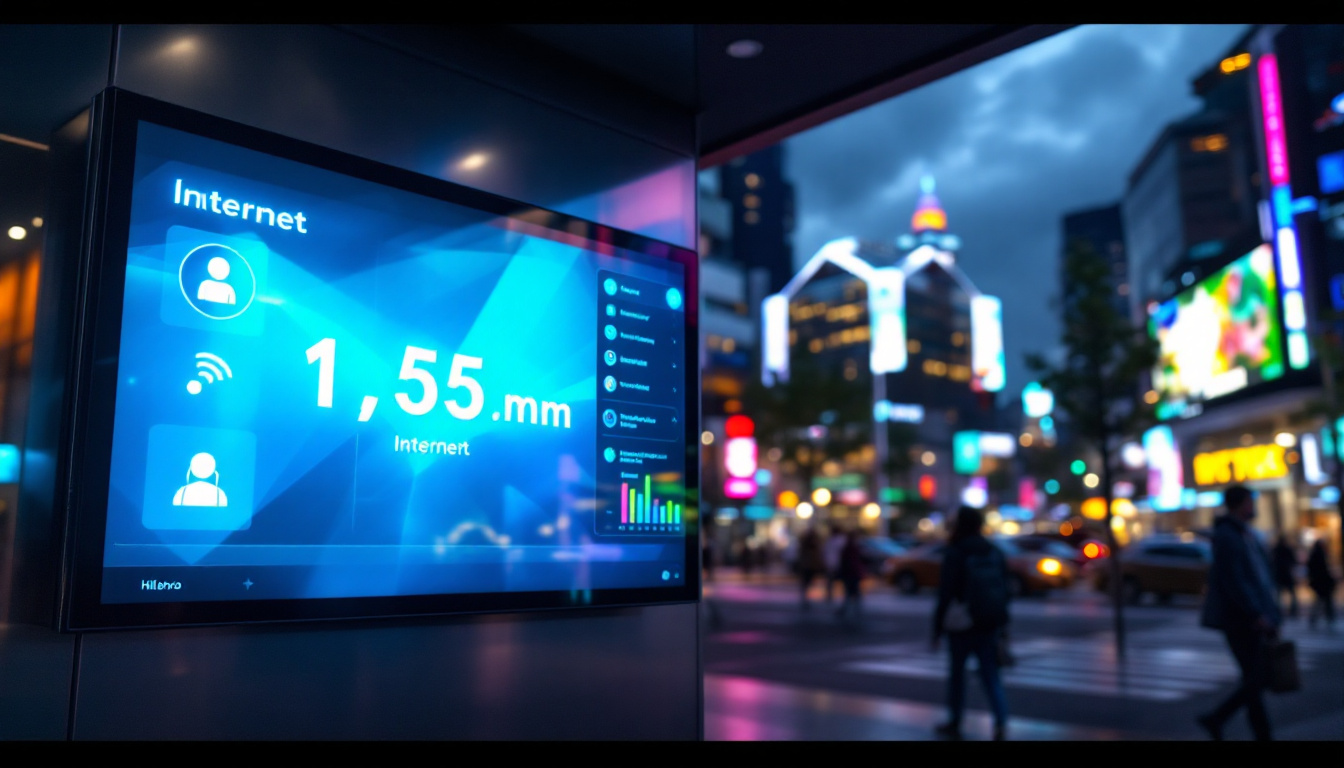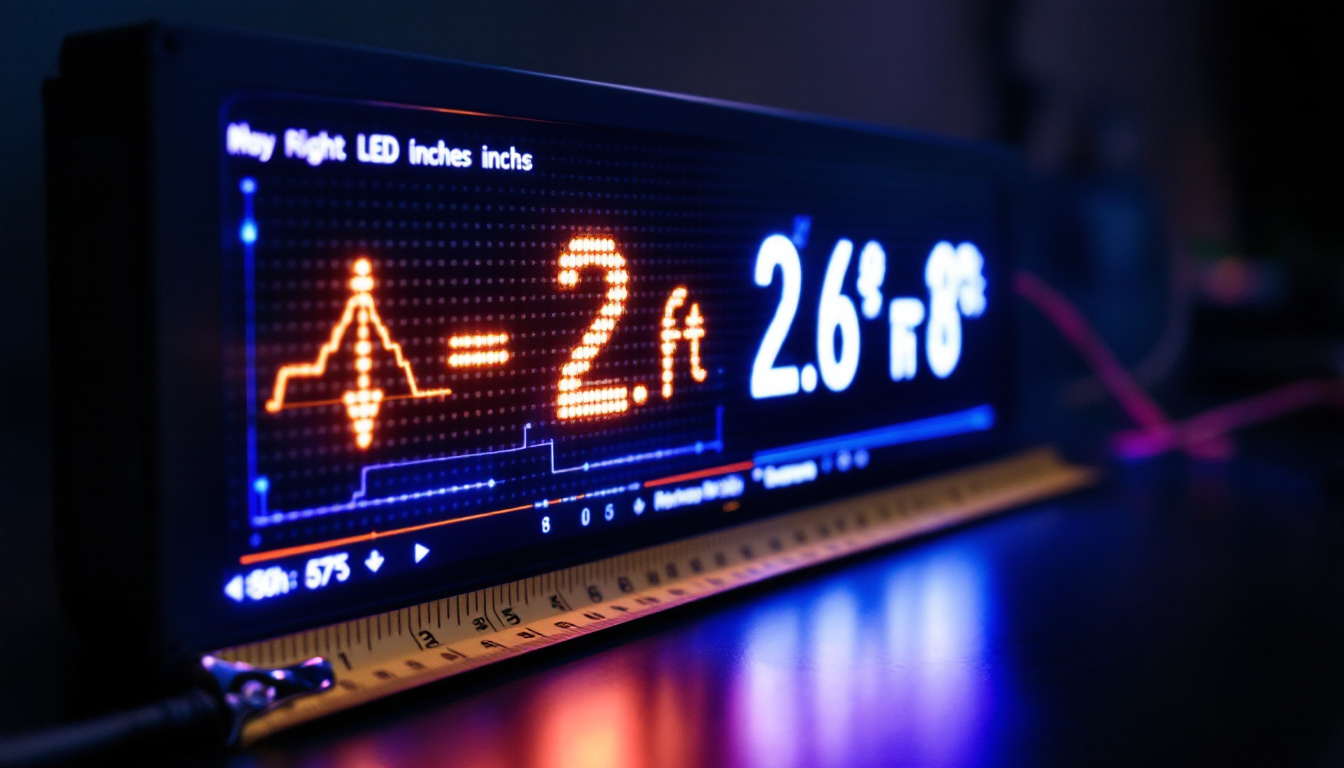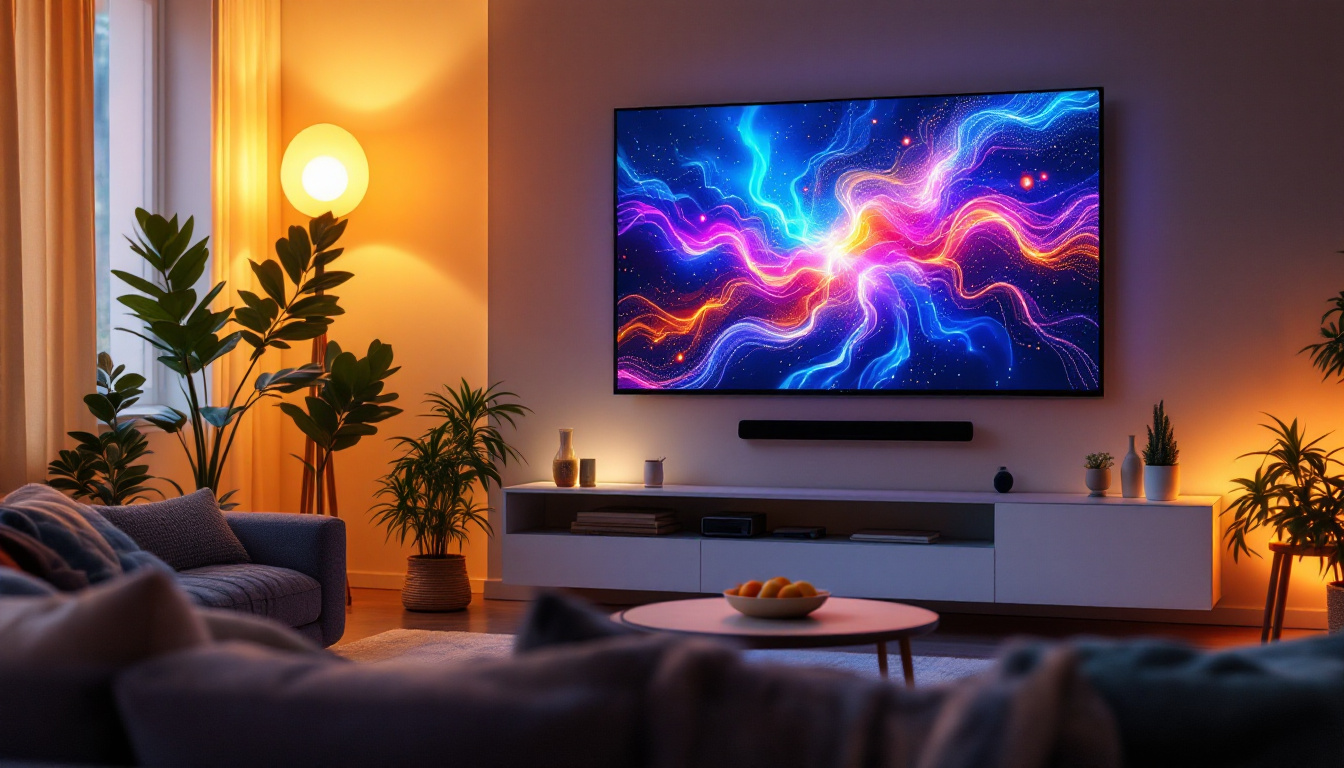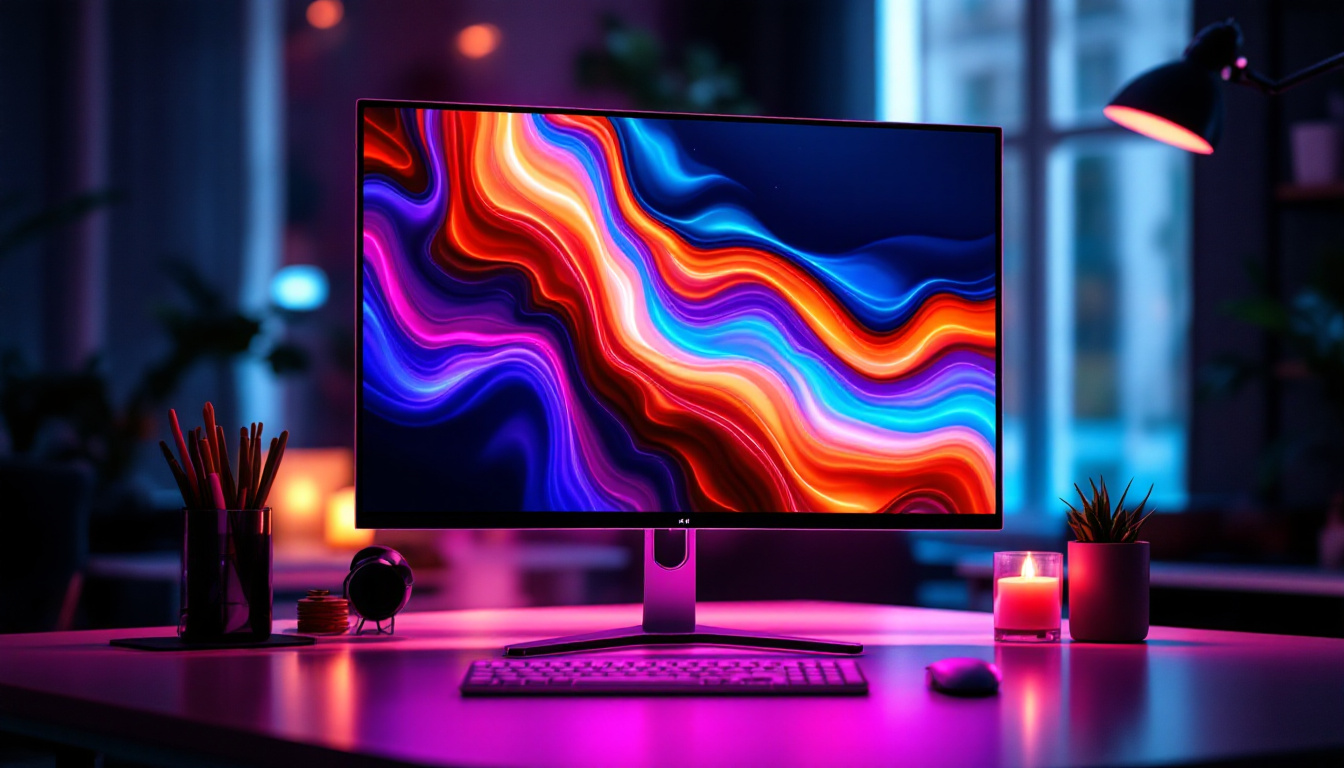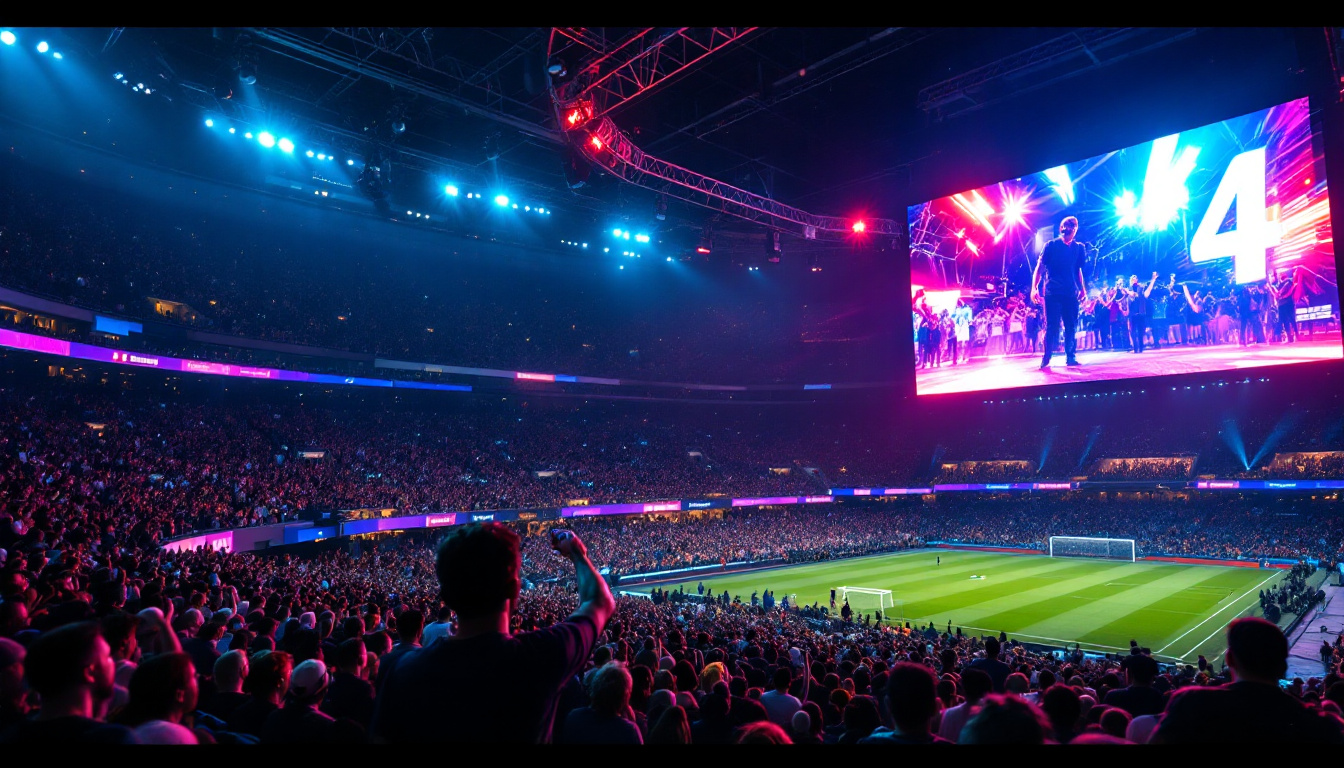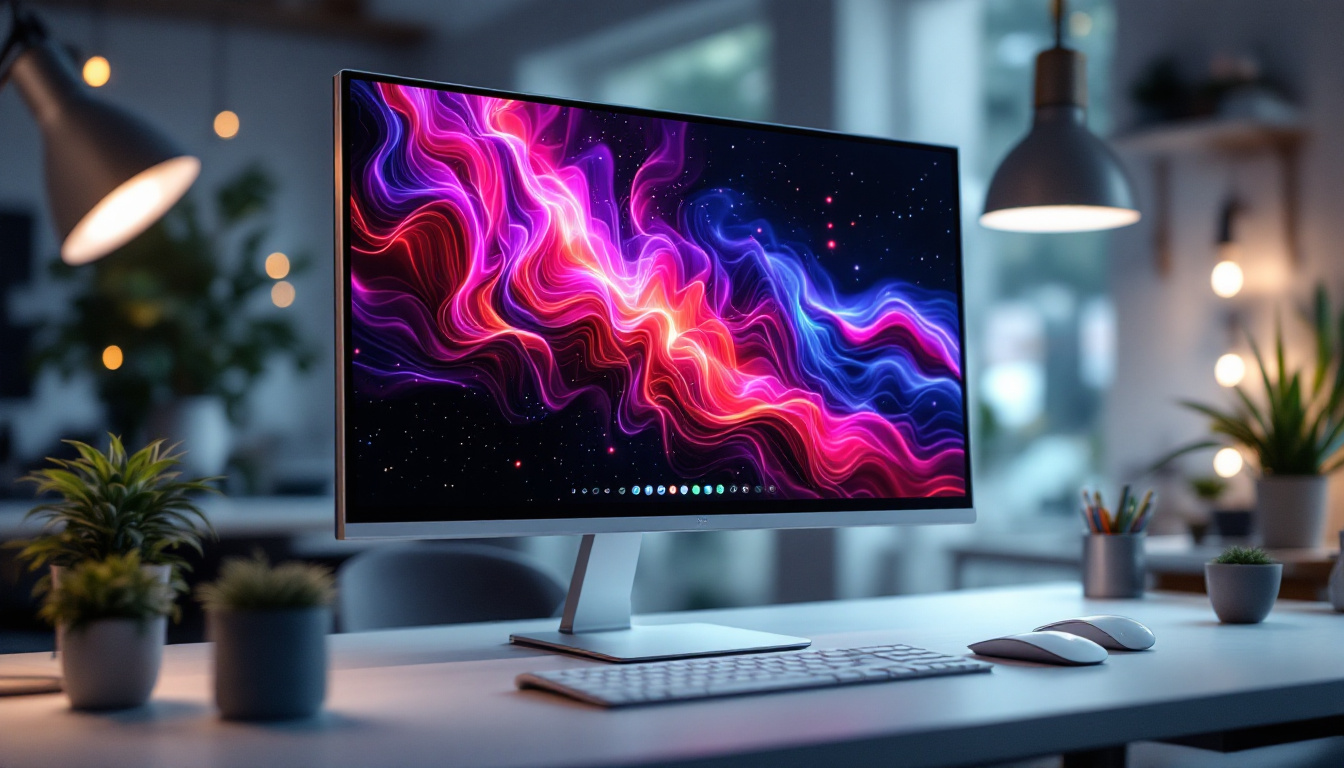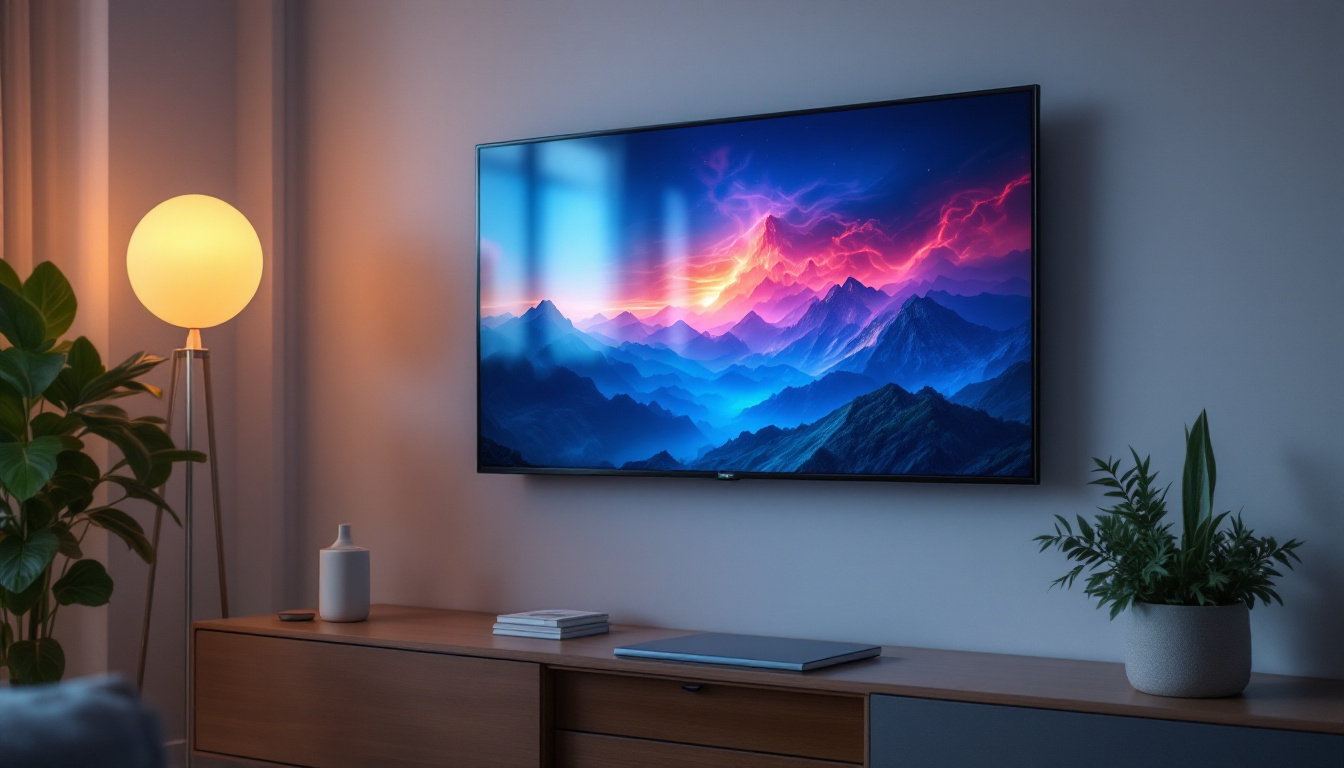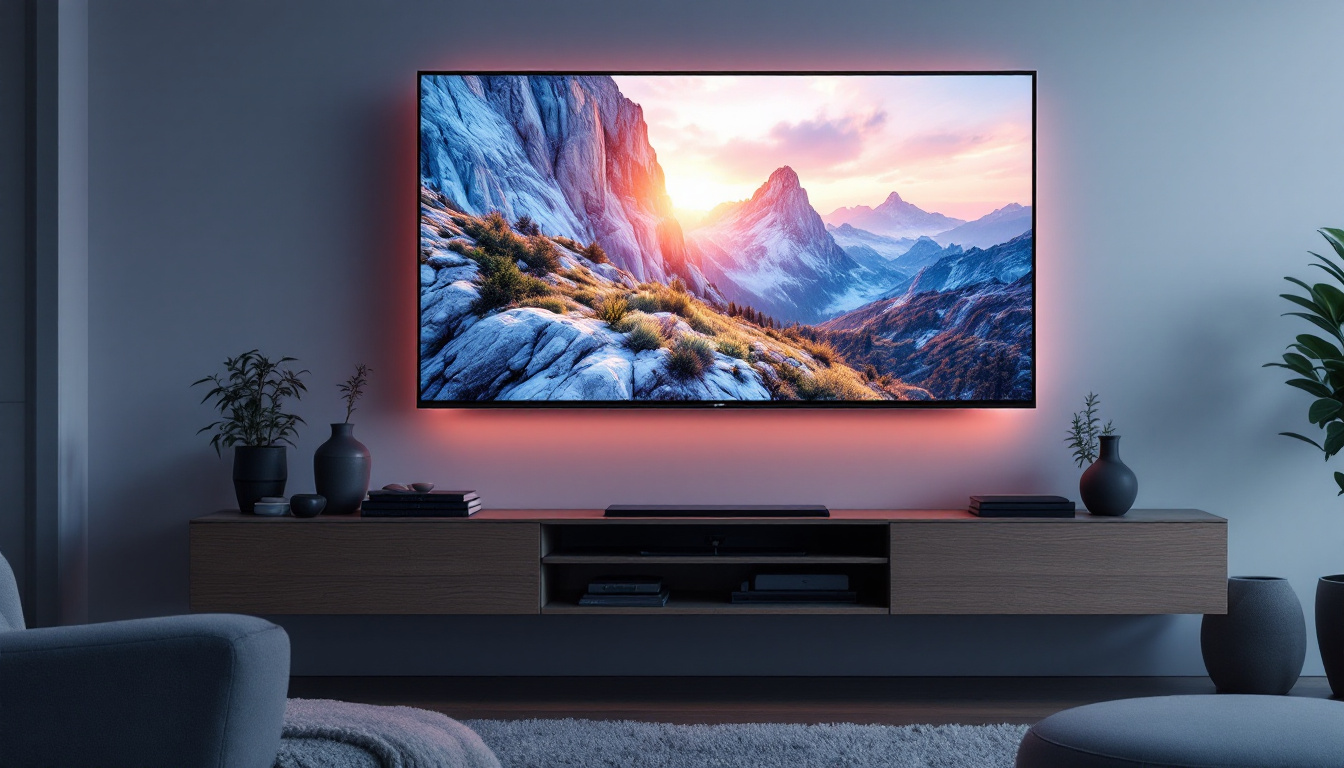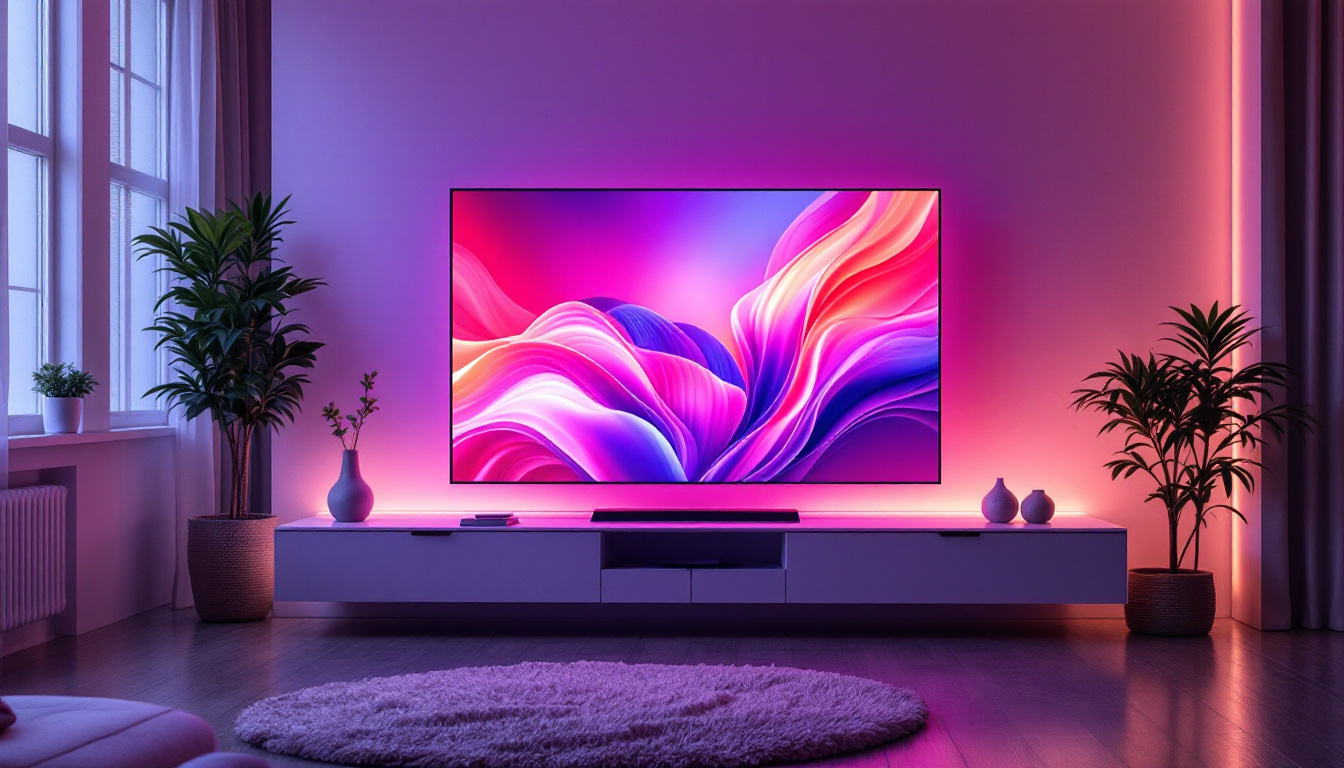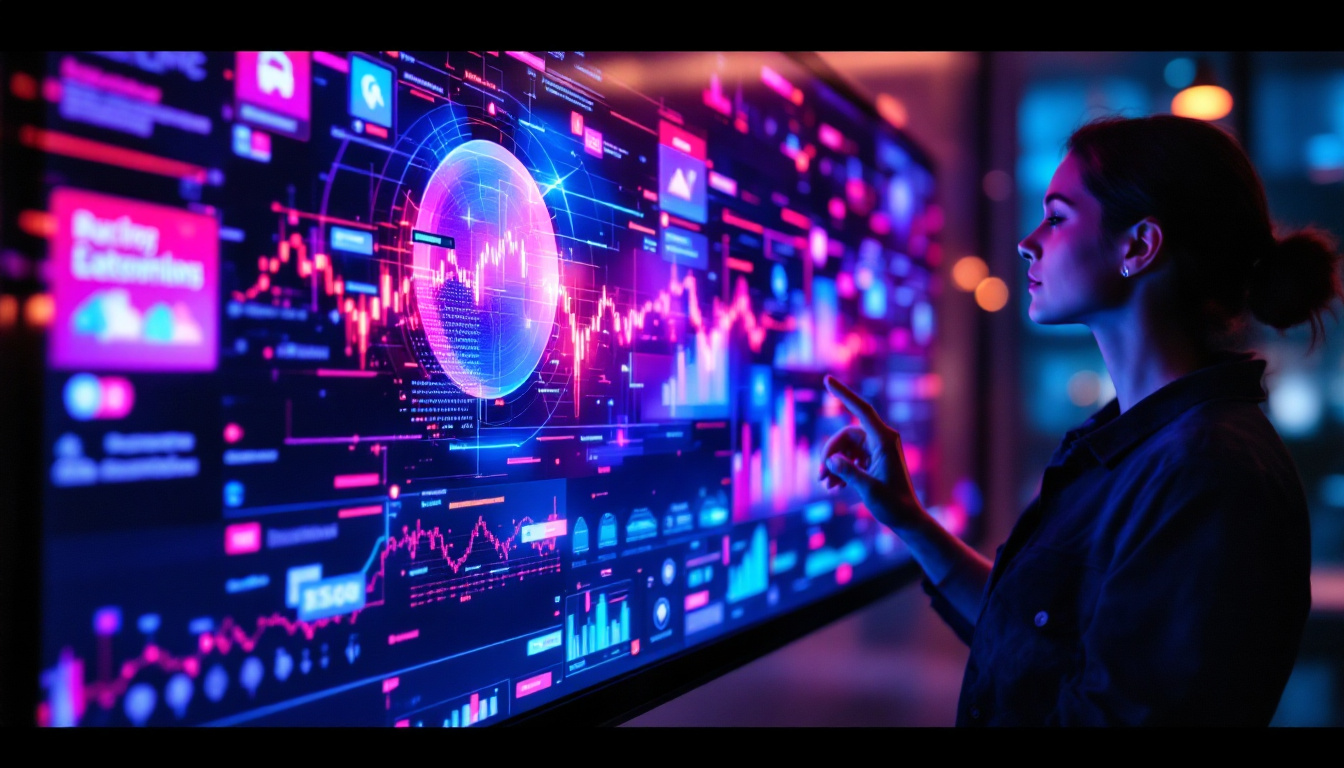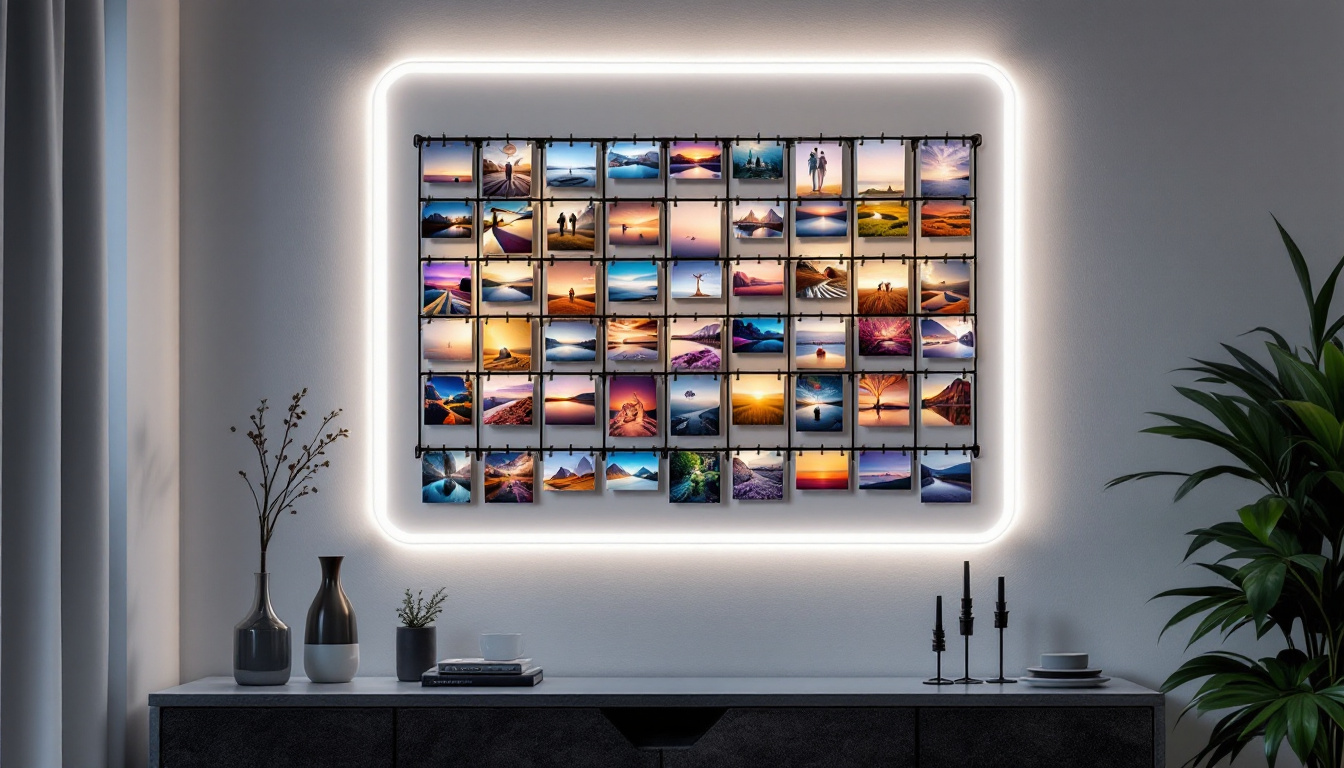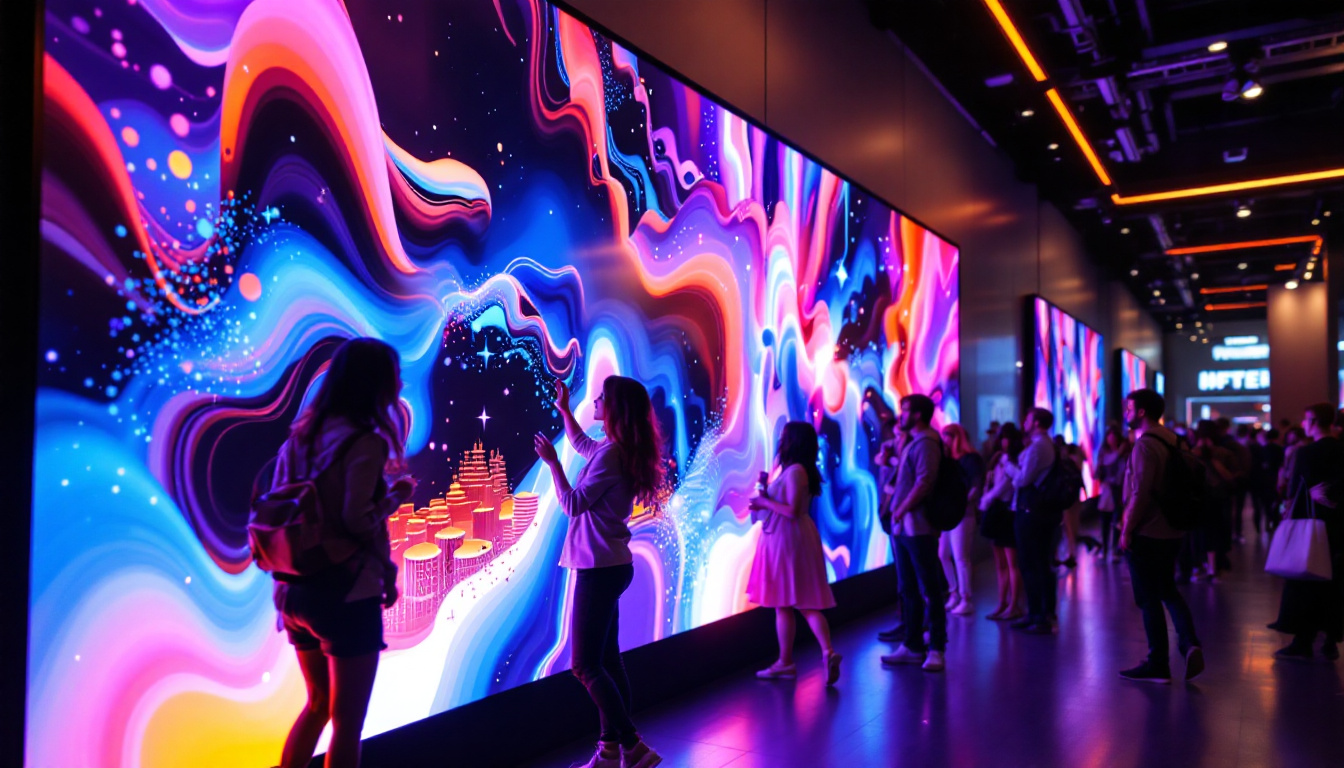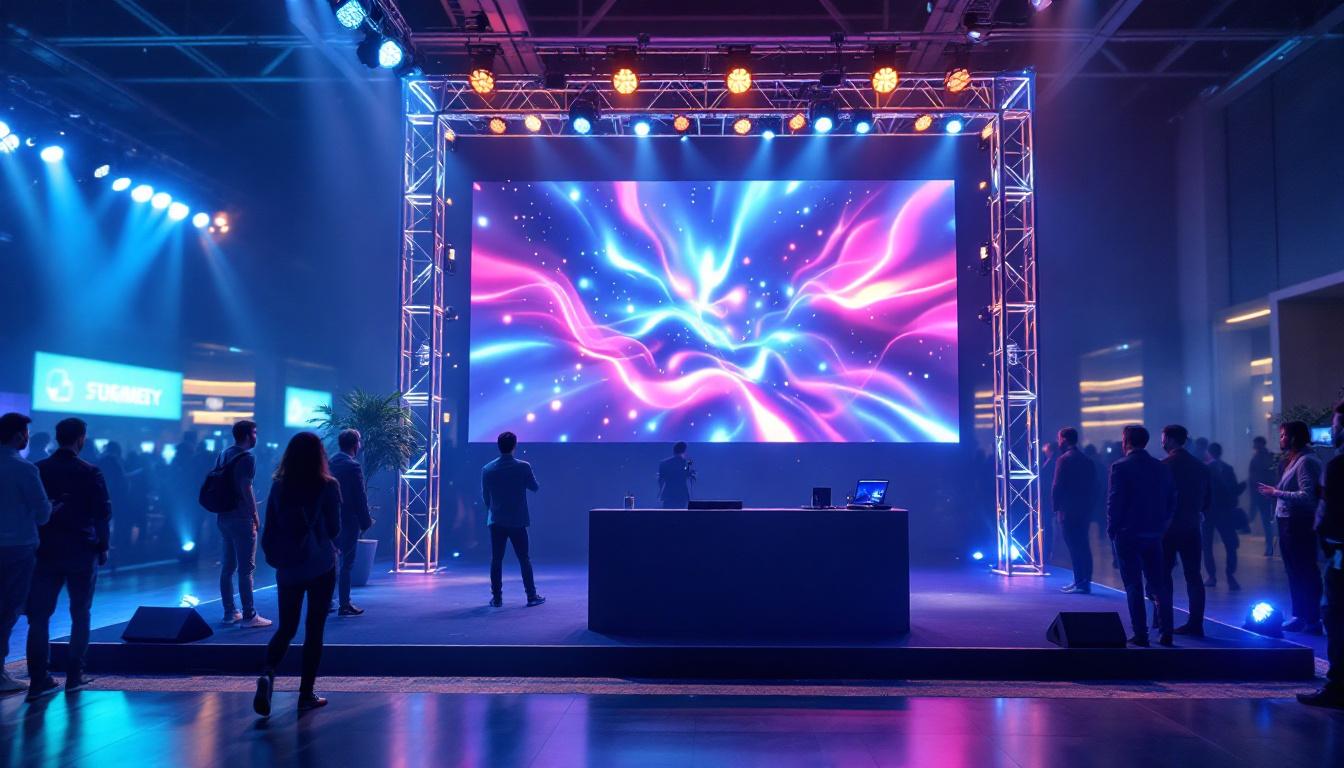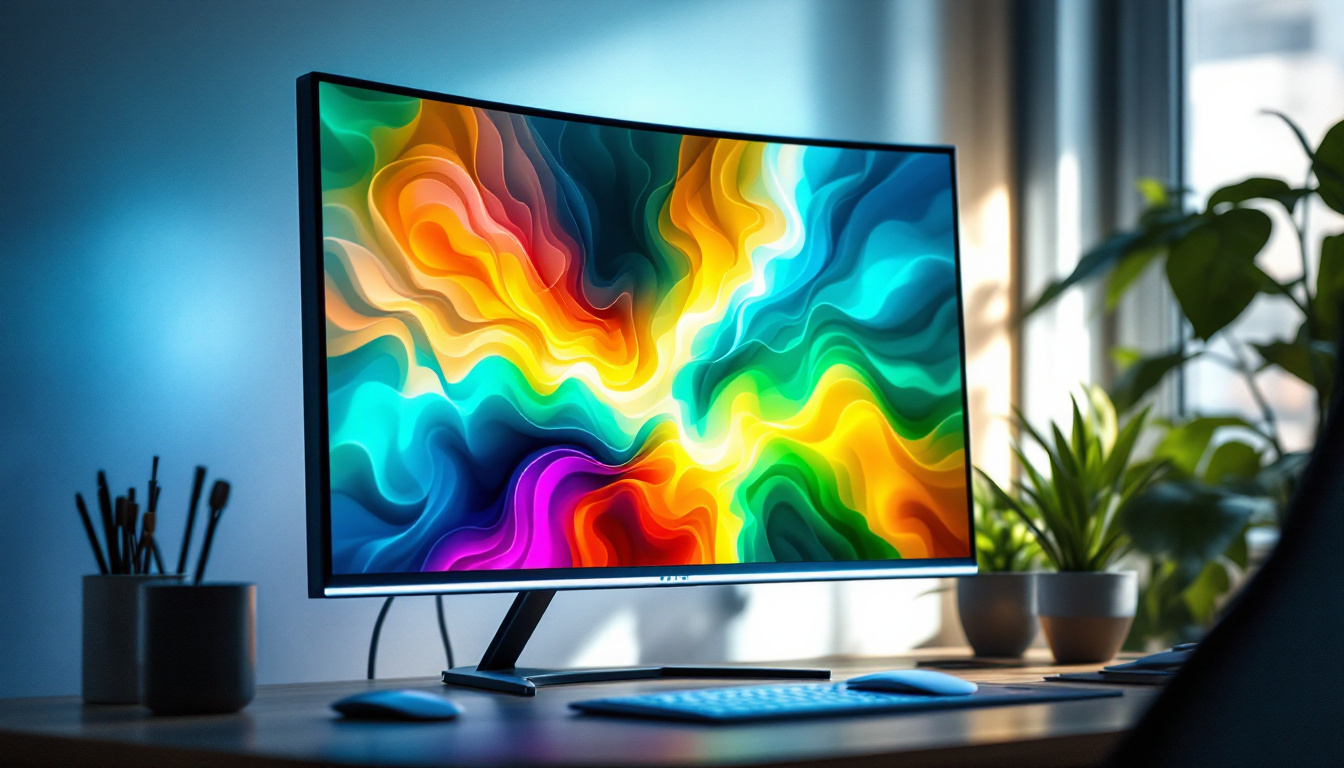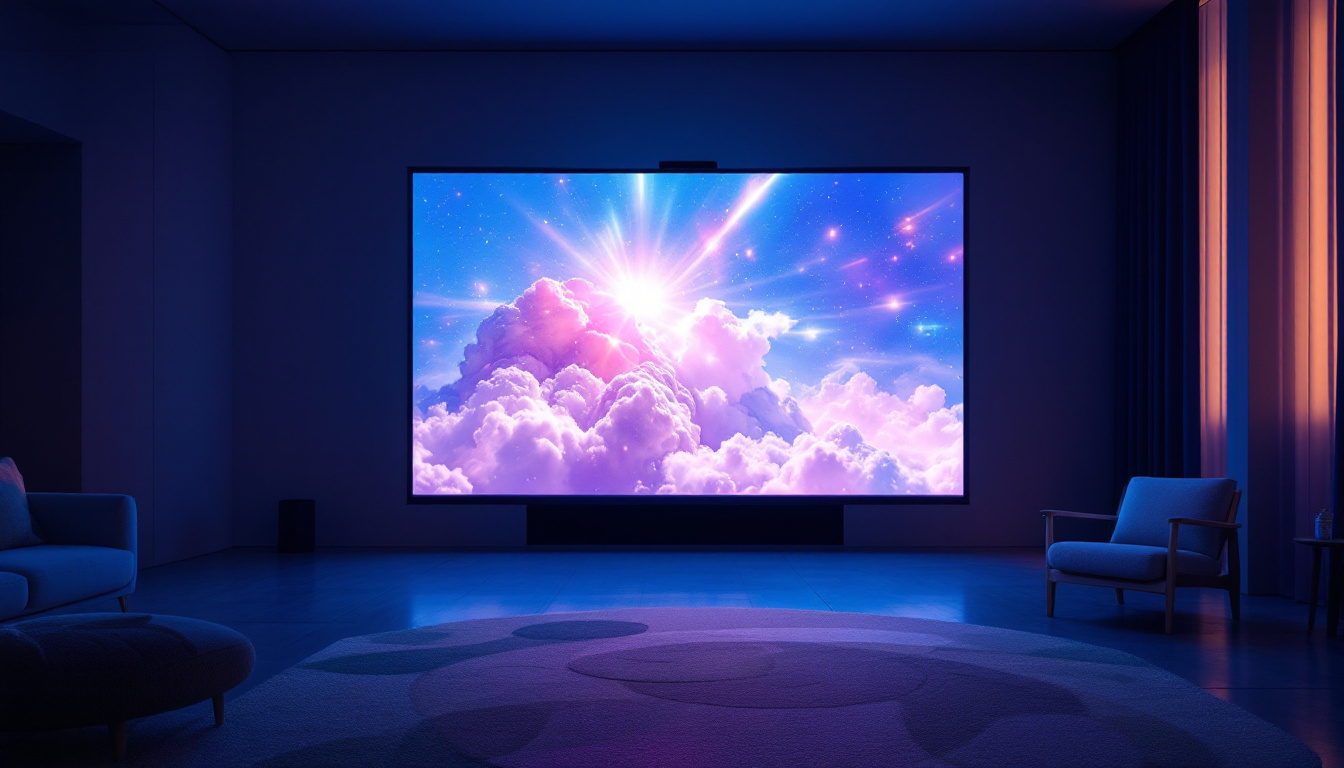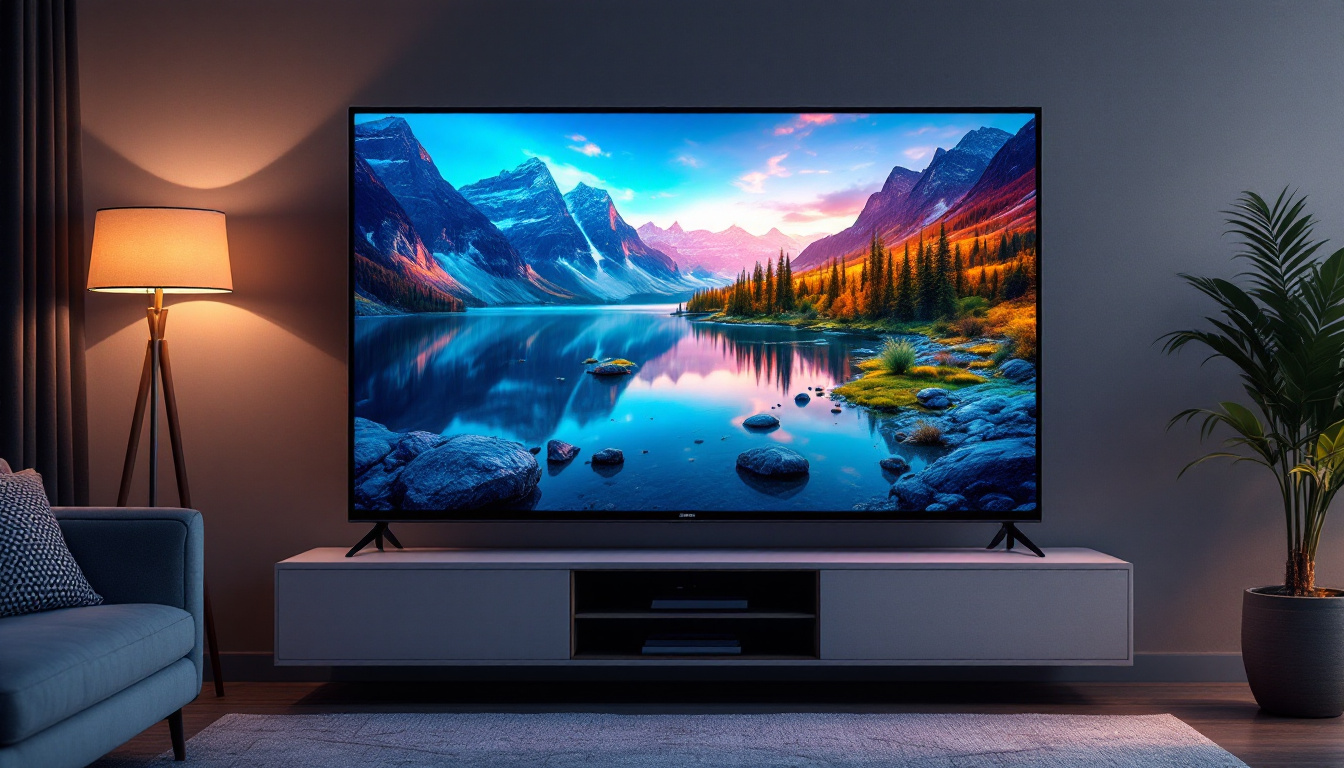In today’s fast-paced digital world, multi-touch screen monitors have emerged as a revolutionary technology that enhances user interaction and engagement. These monitors, often equipped with LED displays, offer a seamless experience that is both intuitive and efficient. This article delves into the intricacies of multi-touch screen monitors, exploring their functionality, applications, and the advantages they bring to various sectors.
Understanding Multi-Touch Technology
Multi-touch technology refers to the ability of a screen to recognize multiple points of contact simultaneously. This capability allows users to perform a variety of gestures, such as pinching, swiping, and rotating, making the interaction with digital content more dynamic and engaging. The rise of multi-touch technology has revolutionized how we interact with devices, moving away from traditional single-point input methods like keyboards and mice. As a result, users can navigate through applications and content with fluidity and ease, enhancing overall user experience.
How Multi-Touch Works
At the core of multi-touch technology are sensors embedded within the screen. These sensors detect the position and movement of fingers or styluses, translating them into commands that the device can understand. The most common types of multi-touch technologies include capacitive and resistive screens. Capacitive screens, which are prevalent in modern devices, use the electrical properties of the human body to detect touch, providing a more responsive experience. In contrast, resistive screens rely on pressure applied to the surface, making them less sensitive but often more durable in harsh environments. This fundamental difference in operation affects not only the user experience but also the applications for which each technology is best suited.
Types of Multi-Touch Screens
Multi-touch screens can be classified into several categories based on their technology and application. Capacitive screens are widely used in smartphones and tablets due to their sensitivity and clarity. On the other hand, resistive screens are often found in industrial applications where durability and cost-effectiveness are prioritized. Each type has its unique advantages and disadvantages, making it essential to choose the right one based on specific needs. For instance, while capacitive screens offer superior touch sensitivity and support for multi-finger gestures, they can be less effective when used with gloves or in wet conditions. Conversely, resistive screens can be operated with any object, including gloved fingers or styluses, making them ideal for environments where versatility is required.
Additionally, there are emerging technologies like optical and infrared multi-touch screens that utilize light sensors to detect touch. These screens can offer larger display sizes and are often used in interactive kiosks and large-scale installations. The development of multi-touch technology continues to evolve, with advancements in haptic feedback and gesture recognition, further enhancing user interaction. As devices become more integrated into our daily lives, understanding the nuances of multi-touch technology becomes increasingly important for both consumers and developers alike.
The Role of LED Displays
LED (Light Emitting Diode) displays have transformed the visual experience of multi-touch monitors. These displays are known for their vibrant colors, high contrast ratios, and energy efficiency, making them ideal for both professional and personal use.
Advantages of LED Technology
One of the primary benefits of LED displays is their ability to produce brighter images compared to traditional LCD screens. This brightness enhances visibility, especially in well-lit environments. Additionally, LED displays consume less power, which is an important consideration for energy-conscious consumers and businesses alike. The longevity of LED technology is another significant advantage; these displays can last up to 100,000 hours, reducing the need for frequent replacements and contributing to lower overall maintenance costs. Furthermore, the thin profile of LED displays allows for sleek designs that can be seamlessly integrated into various environments, from modern offices to stylish homes.
Applications of LED Multi-Touch Monitors
LED multi-touch monitors find applications across various sectors, including education, healthcare, retail, and entertainment. In educational settings, these monitors facilitate interactive learning experiences, allowing students to engage with content in a hands-on manner. Teachers can use them to display dynamic presentations, videos, and interactive simulations that cater to different learning styles, making lessons more engaging and effective. In retail, they serve as digital signage and interactive kiosks, enhancing customer engagement and providing information in an appealing format. These displays can showcase promotions, product details, and even customer reviews, creating an immersive shopping experience that can drive sales and improve customer satisfaction. Additionally, in the healthcare sector, LED multi-touch monitors are utilized for patient education, enabling medical professionals to explain complex procedures and conditions in an interactive way, thereby improving patient understanding and compliance.
Benefits of Multi-Touch Screen Monitors
The integration of multi-touch technology with LED displays offers numerous benefits that enhance user experience and operational efficiency. Understanding these advantages can help organizations make informed decisions regarding their technology investments.
Enhanced User Interaction
Multi-touch monitors enable a more natural form of interaction. Users can manipulate digital content using gestures that mimic real-world actions, such as swiping through images or zooming in on maps. This intuitive interaction reduces the learning curve associated with new technologies and promotes user engagement. Moreover, the tactile feedback provided by these screens can enhance the sensory experience, making users feel more connected to the content they are interacting with. As a result, applications ranging from gaming to virtual reality can benefit significantly from this technology, offering immersive experiences that captivate users and encourage prolonged interaction.
Collaboration and Teamwork
In collaborative environments, multi-touch monitors can serve as a central hub for teamwork. Multiple users can interact with the screen simultaneously, allowing for brainstorming sessions, presentations, and group activities to be conducted more effectively. This collaborative aspect is particularly beneficial in educational and corporate settings, where teamwork is essential for success. Additionally, the ability to annotate directly on the screen fosters a dynamic exchange of ideas, enabling participants to visualize concepts in real time. This can lead to more productive discussions and innovative solutions, as team members can easily share their thoughts and insights through direct manipulation of the content on display. The integration of software tools that support multi-user interaction further amplifies this benefit, allowing for seamless integration of various applications and data sources during collaborative efforts.
Choosing the Right Multi-Touch Monitor
When selecting a multi-touch screen monitor, several factors should be considered to ensure that the chosen device meets specific needs and requirements. Understanding these factors can help streamline the decision-making process.
Screen Size and Resolution
Screen size and resolution are critical considerations when choosing a multi-touch monitor. Larger screens provide more space for interaction, making them ideal for presentations and collaborative work. Additionally, higher resolution screens enhance clarity and detail, which is particularly important for graphic design and video editing applications.
Touch Technology
As previously mentioned, the type of touch technology used in a monitor can significantly impact its performance. Capacitive screens are generally more responsive and support a wider range of gestures, while resistive screens may be more durable and cost-effective. Assessing the intended use of the monitor can help determine the most suitable touch technology.
Installation and Maintenance
Proper installation and maintenance of multi-touch monitors are essential for ensuring optimal performance and longevity. Understanding the best practices for installation and upkeep can help organizations maximize their investment.
Installation Best Practices
When installing a multi-touch screen monitor, it is crucial to consider the environment in which it will be used. Factors such as lighting, mounting height, and accessibility should be taken into account. Additionally, ensuring that the necessary cables and connections are in place before installation can help streamline the process and minimize disruptions.
Regular Maintenance
Regular maintenance is vital for keeping multi-touch monitors in good working condition. This includes routine cleaning to prevent dust and smudges from affecting touch sensitivity and visual clarity. Additionally, software updates should be regularly checked to ensure that the monitor operates with the latest features and security protocols.
Future Trends in Multi-Touch Technology
The landscape of multi-touch technology is continually evolving, with advancements that promise to enhance user experience and broaden applications. Keeping an eye on these trends can provide insights into the future of interactive displays.
Integration with Augmented Reality (AR)
One of the most exciting trends in multi-touch technology is its integration with augmented reality. This combination allows users to interact with digital content overlaid onto the real world, creating immersive experiences that were previously unimaginable. As AR technology continues to develop, the potential applications for multi-touch monitors will expand dramatically.
Increased Customization
As the demand for personalized experiences grows, manufacturers are focusing on offering customizable multi-touch monitors. This includes adjustable touch sensitivity, customizable gesture controls, and the ability to tailor the user interface to specific applications. These advancements will empower users to create environments that suit their unique needs.
Conclusion
Multi-touch screen monitors with LED displays represent a significant advancement in user interaction technology. Their ability to recognize multiple touch points simultaneously, combined with the vibrant visuals of LED technology, creates an engaging and efficient user experience. As these technologies continue to evolve, they will undoubtedly play an increasingly important role in various sectors, from education to healthcare and beyond.
Investing in a multi-touch screen monitor can provide organizations with the tools they need to enhance collaboration, improve user engagement, and streamline operations. By understanding the intricacies of this technology, businesses can make informed decisions that will benefit their operations for years to come.
As the future unfolds, the possibilities for multi-touch technology are boundless. Staying informed about emerging trends and advancements will ensure that users can harness the full potential of these innovative devices.
Discover LumenMatrix LED Display Solutions
Ready to take your user interaction to the next level with cutting-edge multi-touch screen monitors? LumenMatrix is at the forefront of LED display innovation, offering a wide range of solutions that bring your content to life. From captivating Indoor and Outdoor LED Wall Displays to dynamic Vehicle and Sports LED Displays, our technology is designed to enhance engagement and communicate your message with unparalleled clarity. Explore our diverse selection, including the versatile All-in-One LED Display and the visually stunning LED Transparent Display, to find the perfect fit for your needs. Check out LumenMatrix LED Display Solutions today and experience the future of visual storytelling.

